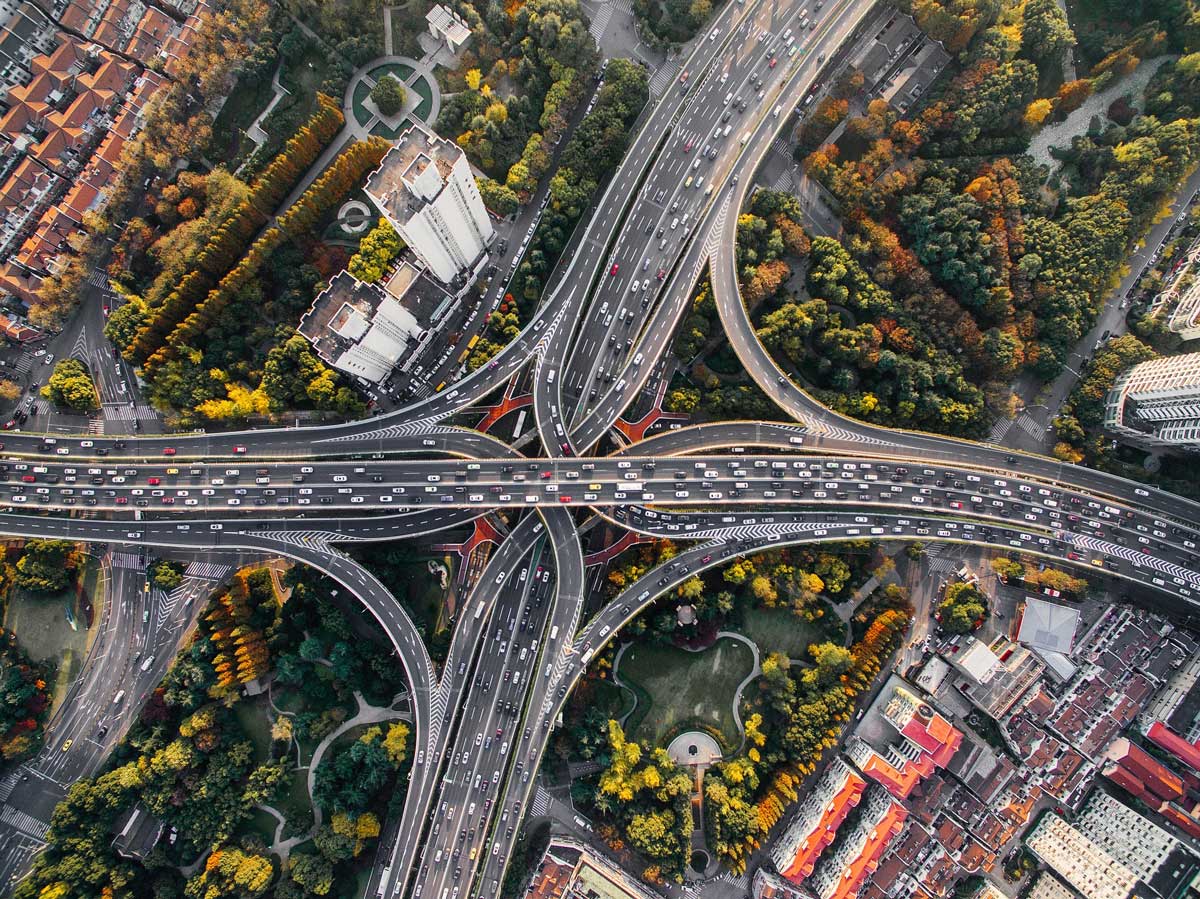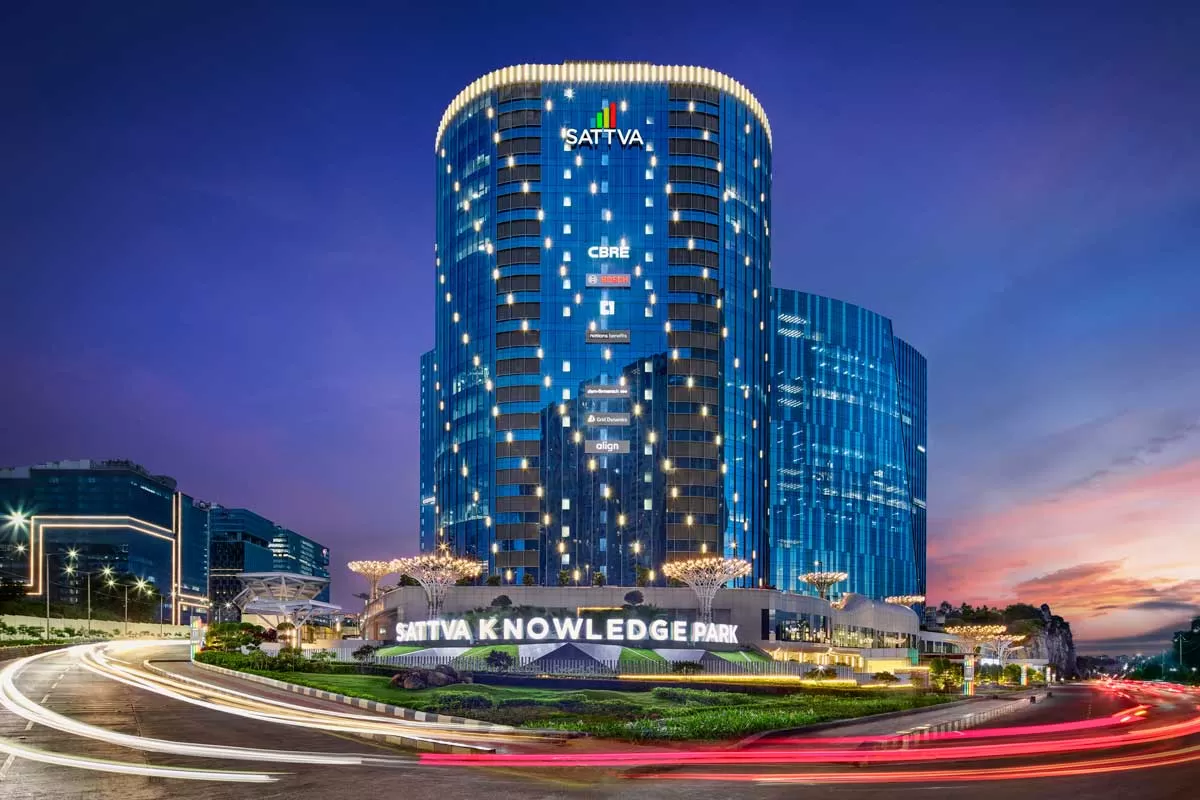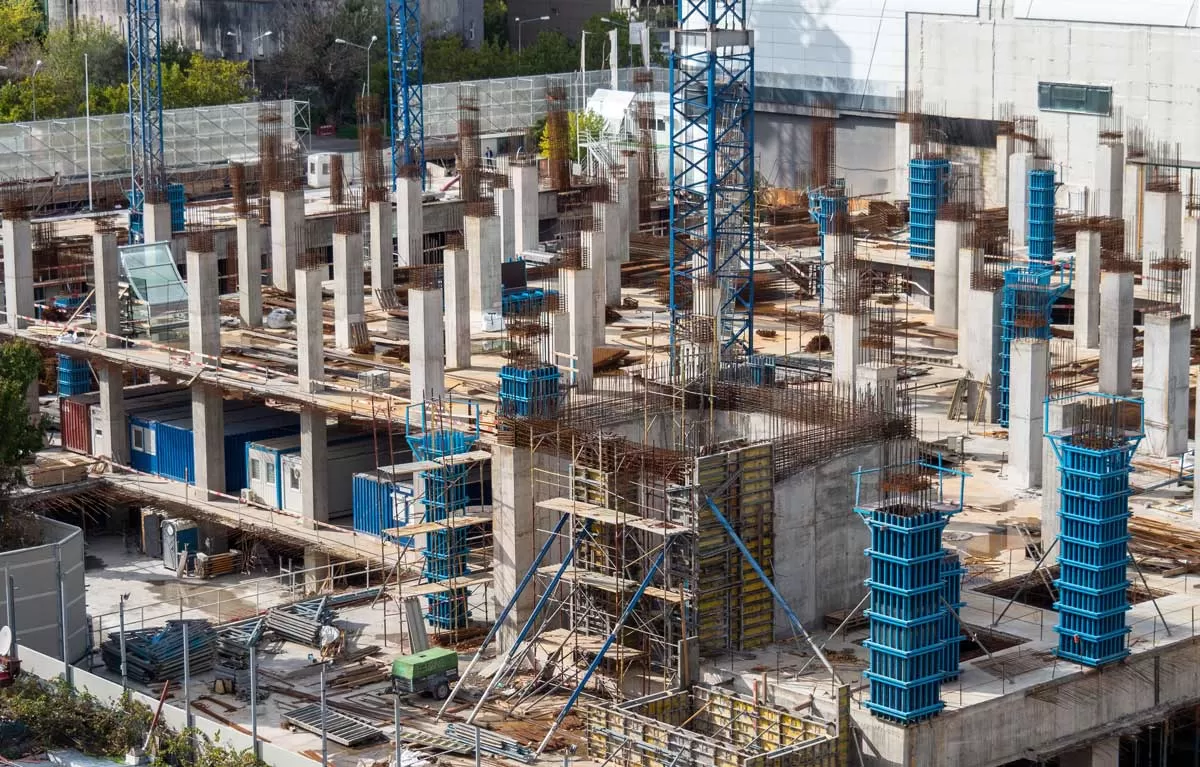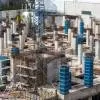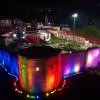Over the last couple of years, the thrust on infrastructure development in India, specifically road construction is undergoing a paradigm shift. An amalgamation of robust demand, soaring investments, and notable policy support has indeed changed the face of the Indian road sector. To its credit, India stands tall as the second-largest road network in the world. Out of the entire road network of the country, 2.2 per cent comprises national highways and 2.6 per cent make up for state highways. Further, the government’s focus on road and highway construction is anticipated to grow multifold over the next five years. Recently, it has taken numerous proactive initiatives to overcome the everlasting concerns of land acquisition revival, introduced innovative project financing, and granted time-bound resolution of various disputes.
“American roads are not good because America is rich, but America is rich because American roads are good.”
- John F Kennedy, Former US President
The race for pace
The pace of highway construction was at 28.64 km a day in 2021-22, in the midst of pandemic-related commotion and an unpredictable monsoon in some areas of the country. According to the Ministry of Road Transport and Highways revelation in its monthly summary for the Cabinet for September 2022, the ministry has constructed 3,559 km of national highways up to September for fiscal 2022-23, as against construction of 3,824 km up to September for fiscal 2021-22. The ministry has awarded 4,092 km of highway projects during April-September this year, a touch lower as compared to 4,609 km in the earlier year for the same period. The government has set an ambitious target of constructing 12,000 km of national highways in this fiscal year ending March 2023.
Going by industry experts, achieving road construction of 50 km per day is not a big dream, although there were a few major reasons that hindered this goal. “The disruption of the global supply chain scenario was the prime factor. It resulted in increased costs of cement, steel, and bitumen which are the essential components for any construction. Secondly, there were cyclones and more than usual monsoons for the last three years. Add to it the backlash of the COVID-19 pandemic which was affecting the companies associated with the construction including equipment suppliers, raw material suppliers, and mining companies. Indirectly the pace of land acquisition was drastically reduced, as unless we had a supply of land, we could not widen the roads further”, asserts Anshumali Srivastava, CGM, National Highways Authority of India.
But the industry is fighting its way out gallantly. World-class indigenous technology is now available for road and highway construction in India. However, many of the ministries are not fully aware of the technology being offered as yet for application in their respective sectors. And hence, a process is set in place wherein scientists from different streams separately sit with representatives of each of the sectoral ministries to explain how best they can utilise the available technology.
The Prime Minister put extra effort into meeting with stakeholders from the financial sector and it eventually boosted their confidence. This has resulted in the industry witnessing better financial closures in much lesser time as the banking industry showed greater interest in funding the projects. Moreover, the government is increasing the budget by around 25 per cent every year. The government agencies are now been given additional permissions to utilise InvITs and other resources for funding. There is a sense of assurance for the investors as well as the construction industry.
Providing a sense of clarity
The government built the National Infrastructure Pipeline that provided a sense of clarity to the equipment manufacturers to come up with new and innovative products. Additionally, the government has chalked out the plan for the Bharatmala projection while its second phase is also in the pipeline. The entire five-year plan is laid in front of the industry to plan in a better way. Furthermore, the government authorities reviewed various pains of all the ongoing project contractors and granted them necessary relaxations.
NHAI started direct payments to the sub-contractors to boost their confidence. It also cleared many of the pending litigations wherein a lot of money was blocked in the past. It reduced the amount of performance security that was lying with the banks as guarantee money. It is now used as working capital in large projects. NHAI is also contemplating allowing industries to shift to insurance bonds from the regular bank guarantee, although it is in the pilot stage as of now. NHAI has mandated to not award any project unless there is 80 per cent of encumbrance-free land.
“Infrastructure segment is on a boom in terms of facilities and convenience for the entire country as well as for the various stakeholders involved in its making. Infrastructure is at a good pace and the government is also supporting it in the right way. Going forward, the methods adopted by the government, like the BOT model in national highways being replaced with an EPC module is a big boost for the development. Looking at the financial problems that the infrastructure companies had, the government is taking appropriate steps wherein the infrastructure growth and the growth of the infra companies can be taken care of. There is a lot of potential in the improvement of the pace of work wherein discussions are happening at different levels regarding issues of land acquisition, utilities, etc. which needs to be catered,” feels Nalin Gupta, Managing Director, J Kumar Infraprojects Ltd.
Seizing the big share
Of the INR 111 trillion National Infrastructure Plan announced by the Ministry of Finance, roads and highways as a sector have the second largest allocation of 18 per cent only behind the energy sector. The last six to eight months from March to October 2020 saw competing priorities at play during the disruption caused by the pandemic. The role and significance of roads and especially that of national highways in moving goods and people efficiently is increasingly evident as an important enabler to the economic revival. The rate of award of new projects and that of actual construction has improved over the years, but a lot more still needs to be done.
The government’s focus on infrastructure development is evident from the fact that highway construction project awards in H1 of FY21 have increased by 140 per cent YoY. Moreover, 23 expressways have been announced with target completion dates between March 2023 and March 2025. The lockdown caused by the pandemic caused severe disruption at project sites but the situation is fast returning to near normal. However, problems of land acquisition and financing through new models have still not been fully addressed.
Comparing the investment in the road sector by MoRTH, it is consistently increasing by more than 25 per cent after every passing year. Every year government is keen and shows dedicated focus on this sector. “Most of the ongoing projects handled today are almost on track, barring some minimal delays unlike in the past. For instance, the iconic Mumbai Trans Harbour Link is delayed by just a year on account of ROW issues; else it is pretty much on track for completion which is appreciable. Government funding is definitely in the right spirit and adds a lot of value to the nation’s economy and growth. The only thing that needs to be done is that the project completion has to be synchronised so that utility of the project can be multifold, and to the level of the desired objective, else there will be some amount of attenuated productivity. Appropriate planning can indeed minimise the cost drastically. Speed is always a prime factor but it has to go in sync with a lot of interface management,” claims SV Desai, Whole-time Director & Senior Executive VP, Larsen & Toubro.
Speeding up the quality
Since the last three years, the number of six-lane roads has doubled every year. Earlier, NHAI used to produce 600 km/year of six-lane roads, but in 2022 it targeted more than 1,500 km/year. Four-lanes are also consistently increasing at the rate of 30 per cent. Earlier, 3,000 km of four-lane used to be constructed, but now it is close to 4,000 km of four-lane roads. Money is spent more on the widening of the roads because more 4-lane, 6-lane, and 8-lane roads are being built. First, the basics were provided, and later it was improved upon. The industry is coming up to match the rigorous demands as NHAI is putting more pressure to match the pace of construction.
“We are now building more expressways and six-lane roads as against the two-lane roads that we used to build four years back. We are using manpower effectively, moving towards digitisation, mechanisation, automation, and so on. More and more quality control and assurance-related activities are moving towards automation. Land acquisition has become faster than six years ago. Today we can close DPR in less than nine months which is the scheduled time of closure of DPT in MoRTH. We are not only constructing using the newer technologies, but we are also operating operational maintenance contracts with newer technologies. While we are not just constructing better quality roads, more importantly, we are ensuring that the quality is sustained. What we are doing for operations and maintenance of the project is more important than just the project construction,” professes Atul Bhobe, MD, TPF Engineering.
Adding financial aspect to the story, Nitan Chhatwal, Managing Director, Shrem InvIT sates that, “Since the establishment of the new government under the leadership of PM Narendra Modi, we have seen drastic changes in infrastructure expenditure. Road, railways and power are all infrastructure sectors that have seen tremendous growth, especially road sectors where initiatives like Bharatmala Pariyojana and National Highway Development (NHDP) have helped the construction of roads in India. We believe there is tremendous scope for improvement.”
India’s ascendency in the roads sector is ought to be determined by the swift use of science, technology, and innovation.
